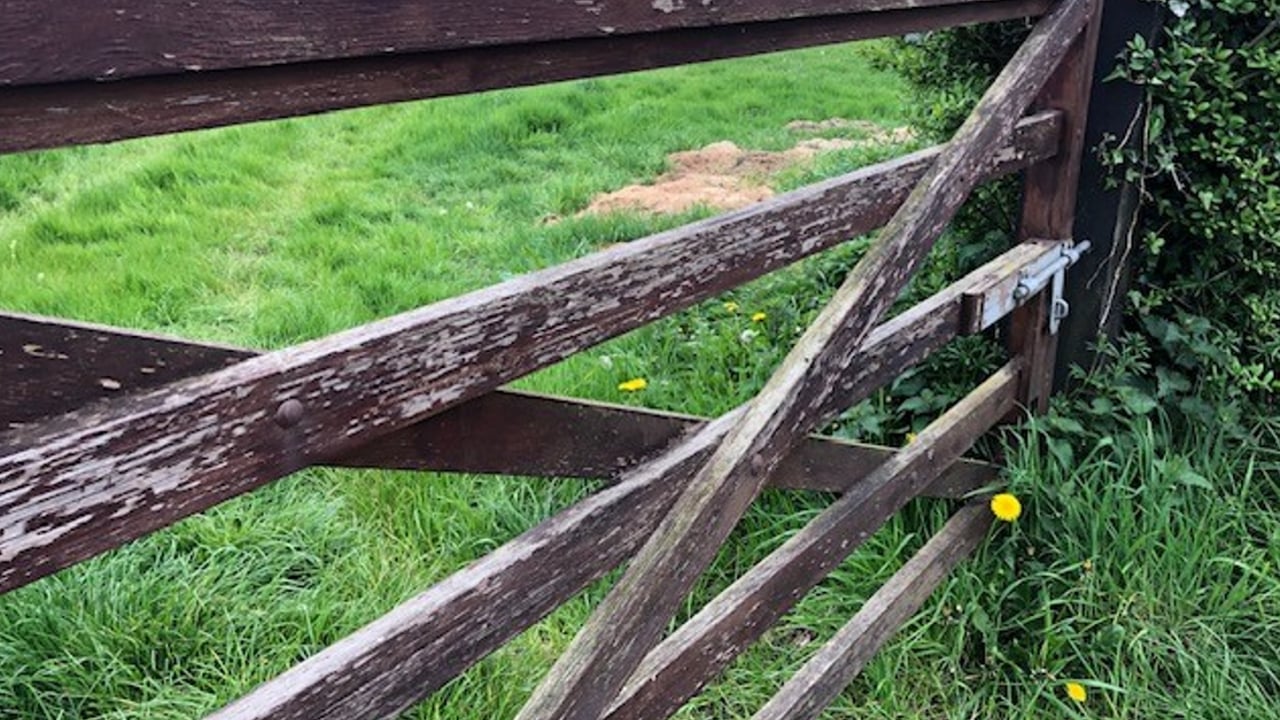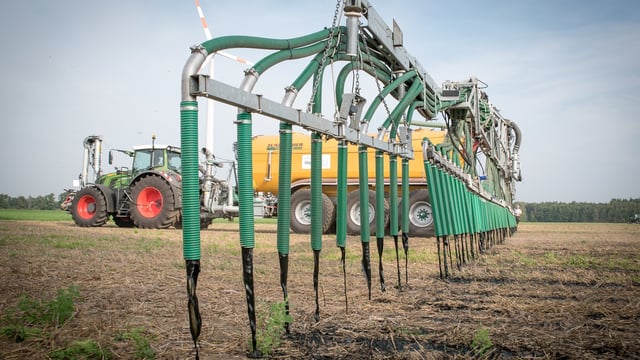Teagasc outlines importance of yard design for farm safety
Teagasc is continuing to place a strong focus on safe farmyard design during farm safety week (July 21 - 25) with a number of free on farm events taking place across the country.
Safe farmyards are developed by careful thought and detailed design, and must be functional for livestock and crop enterprises, but they must also facilitate safe efficient movement of people, livestock, and farm machinery.
Teagasc indicated that clear separation of people, livestock and machinery must be in place throughout the farmyard to safely manage farm tasks.
Pedestrian routes must avoid contact with livestock and machinery.
Teagasc's farm buildings and infrastructure specialist, Tom Fallon said: "Teagasc advisors across the country are highly trained to help farmers maximise the efficiency and safety of their farmyards.
"Teagasc advisors seek to help each individual farmer with decisions around development of their farmyard in the short and longer term to improve work routines, labour efficiency and safety,” Fallon added.
The Accelerated Capital Allowances for farm safety scheme allows farmers to write off 50% of the cost of eligible equipment each year over two years, instead of the standard eight years.
The list of eligible equipment under this scheme was expanded this year to include fixed livestock handling units, flood lights, livestock monitors and sliding or roller doors.
For cattle farmers, cattle crushes, races, and calving gates are also eligible for the capital allowances.
Teagasc health and safety specialist, Francis Bligh said: "Good facilities have a direct positive impact on safety and efficient management of the farm.
"I would strongly encourage farmers to plan ahead and to talk to their advisors about their ideas for their farmyard, and to explore possible sources of government funding to assist with the cost of works."
"The accelerated capital allowance scheme complements the 60% grant aid which is available under the Department of Agriculture, Food and the Marine (DAFM), Targeted Agriculture Modernisation Schemes (TAMS 3) for safety-related investments. I would encourage all farmers to assess the opportunities under the scheme," Bligh added.
Teagasc highlighted that regular risk assessment will help to identify potential high-risk areas and activities.
Work can then be carried out to eliminate or reduce these risks. Good communication among everyone working on the farm will help encourage open conversations about risks to ensure they are identified and resolved.
The farmyard can be close to the farm household. It is important that there is clear separation of domestic and work activities.
A designated, safe play area for children must be in place away from machinery, livestock and hazards like slurry tanks and farm chemicals.





